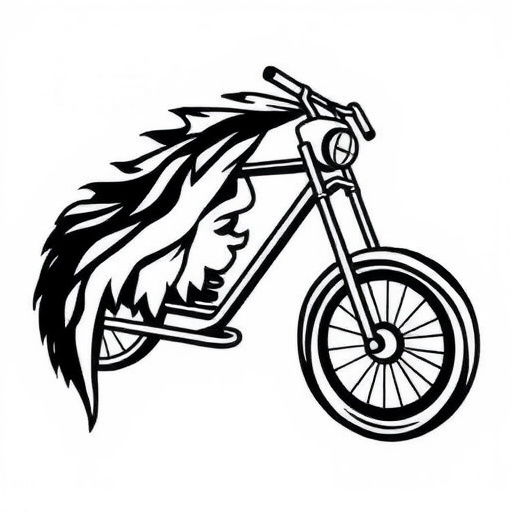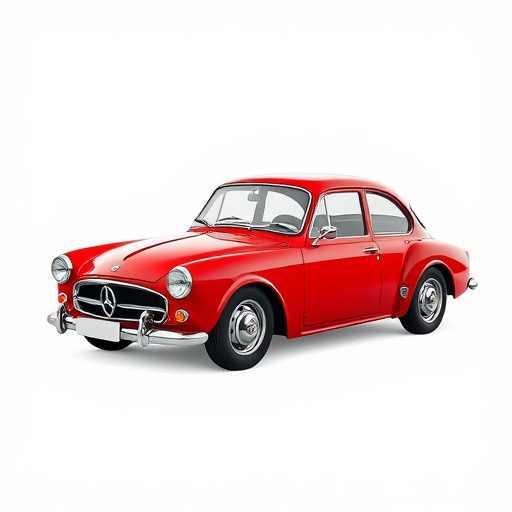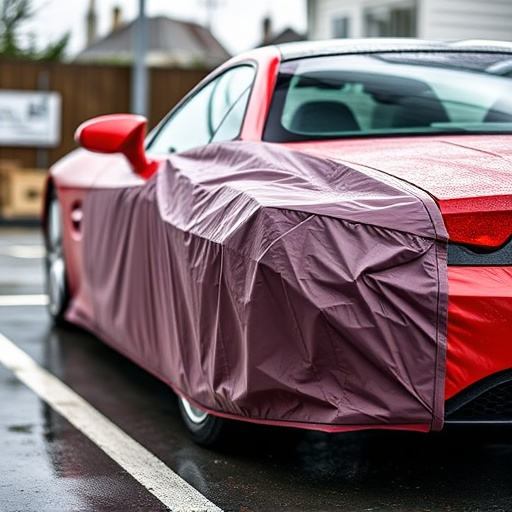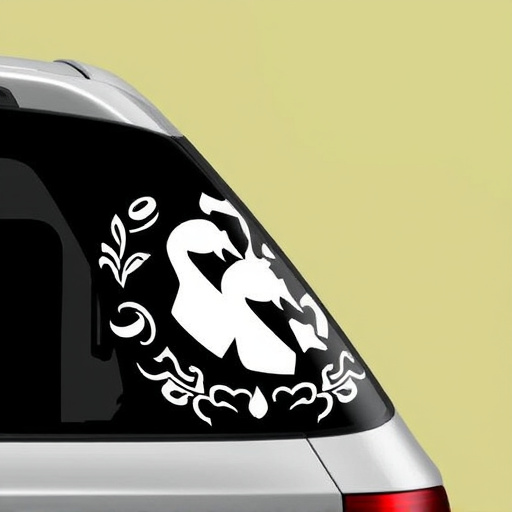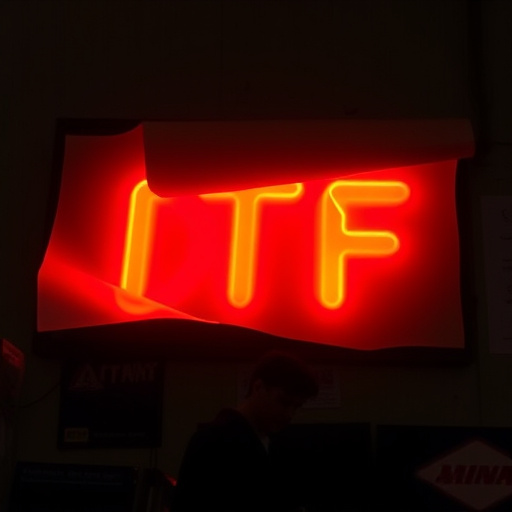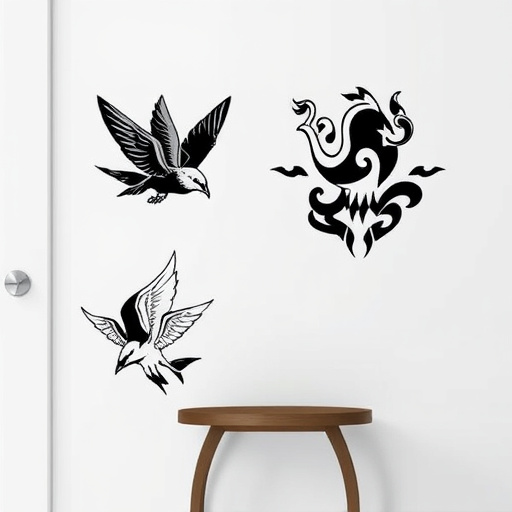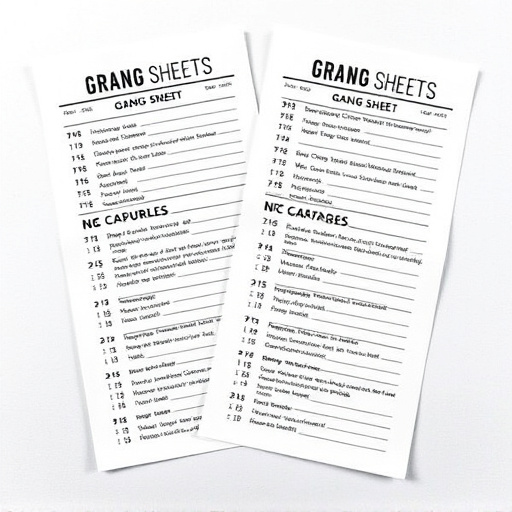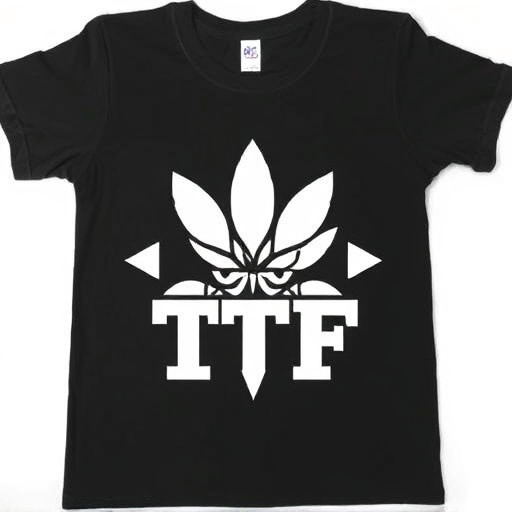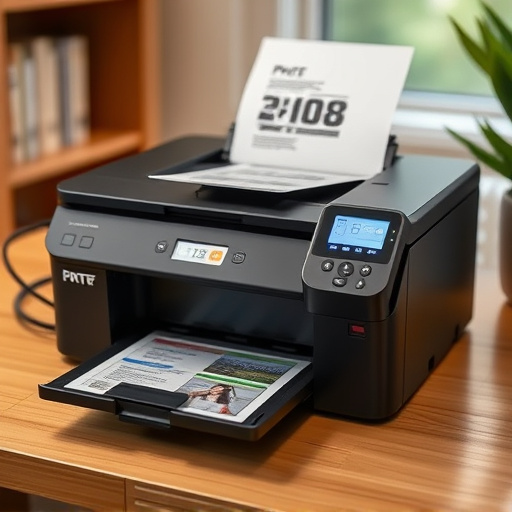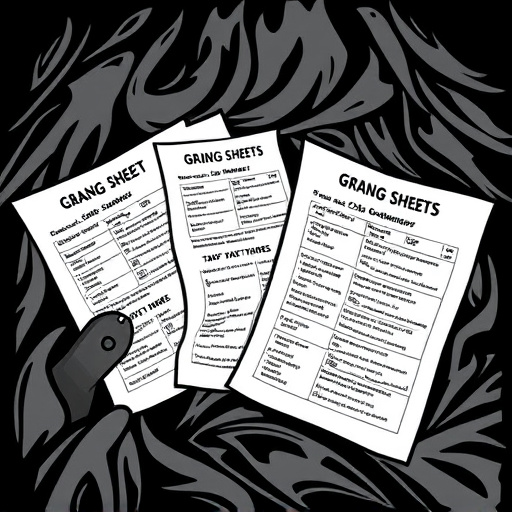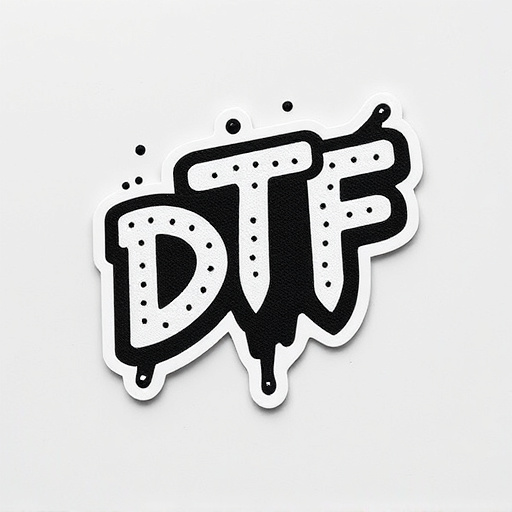DTF Transfer Film is revolutionizing fabric printing with its ability to produce high-quality, vibrant custom designs on a variety of materials, from clothing to home textiles. This versatile technology offers faster turnaround times and reduced set-up costs, making it an attractive option for small businesses and entrepreneurs. Despite initial setup costs and varying durability, technological advancements are addressing these challenges, positioning DTF Transfer Film as a crucial tool in shaping the future of fashion and textiles.
Is DTF Transfer Film set to transform the fabric printing industry? This innovative technology promises precise, vibrant prints on a wide range of fabrics, offering a faster and more cost-effective alternative to traditional methods. This article delves into the world of DTF Transfer Film, exploring its advantages and disadvantages while examining its potential to revolutionize textile production. Get ready to discover if this game-changer is the future of fabric printing.
- Understanding DTF Transfer Film: A Revolution in Fabric Printing
- Advantages and Disadvantages: Weighing the Potential of DTF Transfer Film
- The Future Outlook: Will DTF Transfer Film Redefine the Textile Industry?
Understanding DTF Transfer Film: A Revolution in Fabric Printing
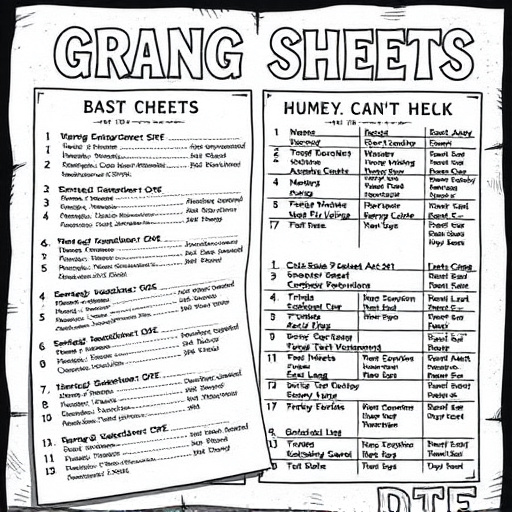
DTF Transfer Film is revolutionizing the fabric printing industry, offering a versatile and efficient solution that promises to transform how we produce custom apparel. This innovative technology enables high-quality printing directly onto various fabrics, from t-shirts to hoodies and beyond. Unlike traditional methods, DTF Transfer Film allows for intricate designs with vibrant colors, making it ideal for bulk dft shirt production.
The process involves applying a thin layer of film, or transfer paper, bearing the desired design to the fabric using heat and pressure. This method provides several advantages, including faster turnaround times, reduced set-up costs, and the capability to print on a wide range of materials without specialized equipment. As a result, DTF transfer sheets have become a favorite among small businesses and entrepreneurs looking to create custom DTF printing for hoodies and other textile products with ease and precision.
Advantages and Disadvantages: Weighing the Potential of DTF Transfer Film
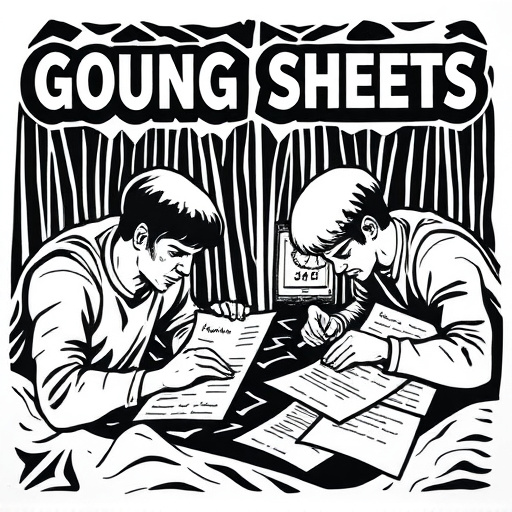
DTF Transfer Film presents a compelling option for fabric printing, offering several advantages that make it an attractive choice for many businesses and designers. One of its key benefits is versatility; this film can be used to print on a wide range of fabrics, from t-shirts and hoodies to accessories and home textiles. The direct-to-fabric (DTF) printing method allows for intricate designs and vibrant colors, ensuring high-quality outcomes that rival traditional printing techniques. Additionally, DTF Transfer Film is cost-effective, especially when compared to setting up screen printing equipment, making it accessible for small businesses and startups looking to enter the market. It also reduces waste as designers can precisely apply the film, minimizing extra material and ink usage.
However, there are potential drawbacks to consider. The initial setup cost for DTF printing machines and materials can be steep, especially for those new to the process. Moreover, while DTF Transfer Film offers excellent color accuracy, it may not match the durability of screen printing on certain fabrics, particularly in outdoor or high-wear environments. Another challenge is the learning curve; achieving consistent results requires skill and practice to master the application and heat pressing techniques. Despite these disadvantages, as technology advances, many manufacturers are working to overcome these issues, making DTF Transfer Film an exciting prospect for the future of fabric printing.
The Future Outlook: Will DTF Transfer Film Redefine the Textile Industry?
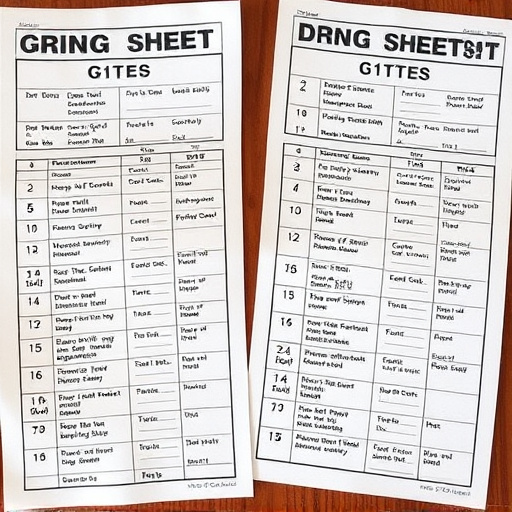
The future of fabric printing looks bright with DTF Transfer Film at the forefront. This innovative technology is set to redefine the textile industry by offering unparalleled precision, vibrancy, and efficiency in custom t-shirt printing and beyond. Its ability to print on a wide range of light fabrics, from cotton to polyester, opens up a world of possibilities for designers and businesses alike.
DTF printing’s appeal lies in its versatility and cost-effectiveness. By eliminating the need for complex machinery and specialized inks, it streamlines production while maintaining exceptional quality. This accessibility invites small businesses and entrepreneurs into the market, fostering a vibrant ecosystem of custom design and personal expression. With its rapid advancements, DTF Transfer Film promises to become an indispensable tool in shaping the future of fashion and textiles.
DTF (Direct-to-Fabric) Transfer Film is a game-changer in the textile industry, offering precise, vibrant print quality with minimal waste. As this technology continues to evolve and gain traction, it’s not unfathomable that DTF Transfer Film could redefine how we produce custom fabrics, making it an exciting prospect for both manufacturers and designers alike. However, like any new technology, it has its drawbacks, requiring careful consideration of factors such as cost, setup time, and material compatibility. With ongoing advancements, the future looks bright for DTF Transfer Film, potentially transforming the landscape of fabric printing and offering endless creative possibilities.


